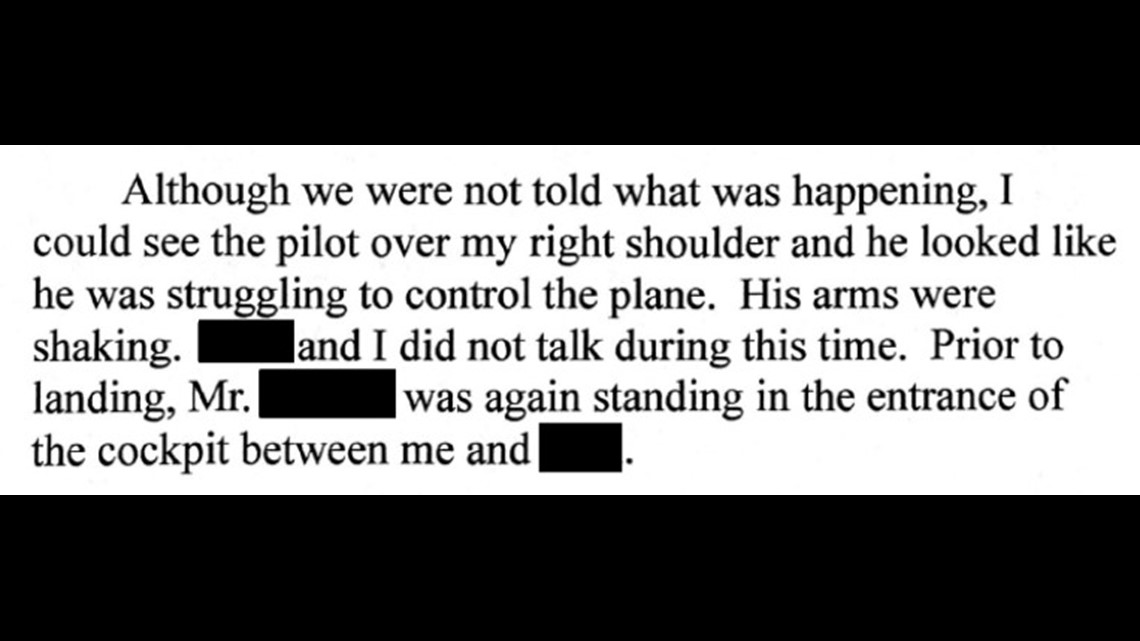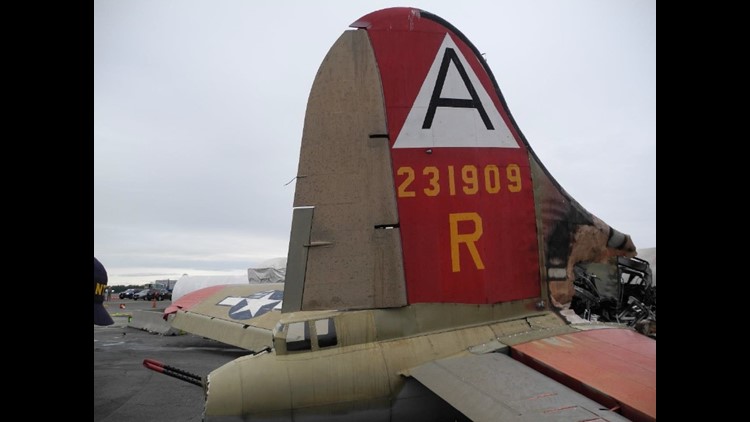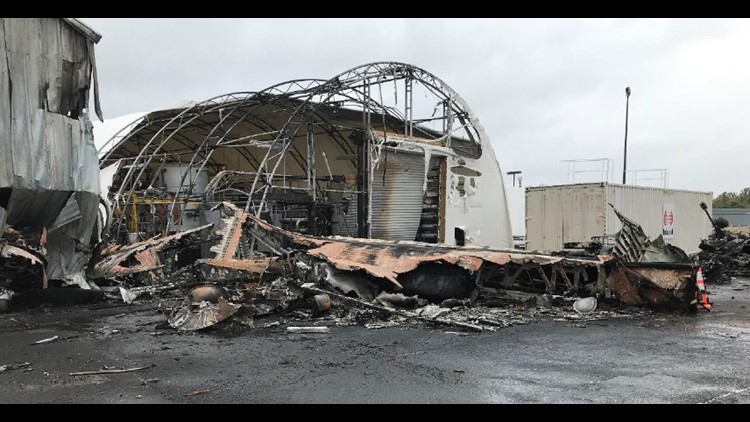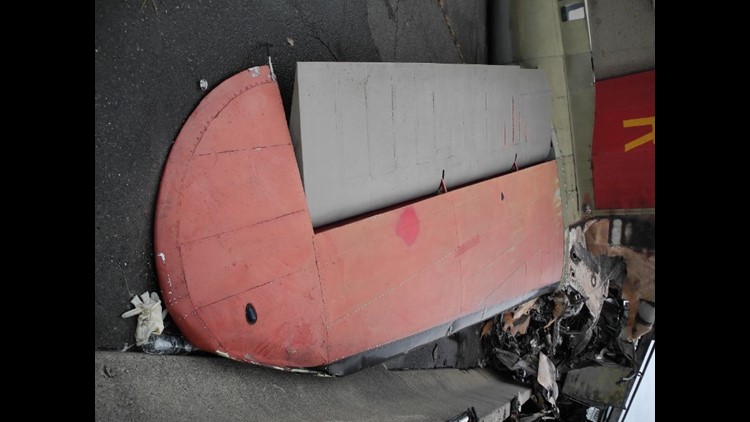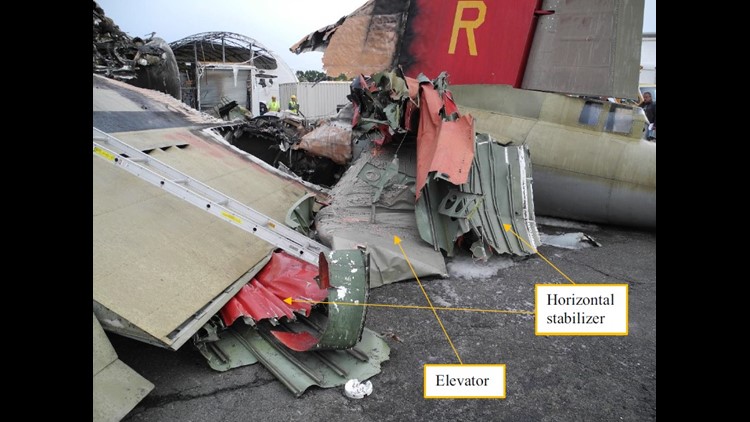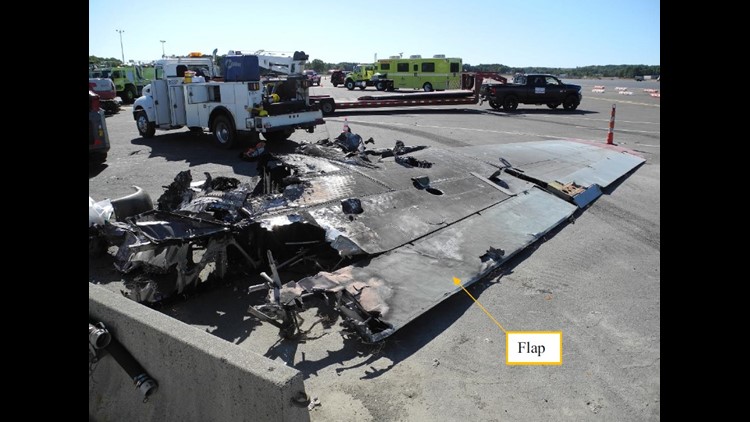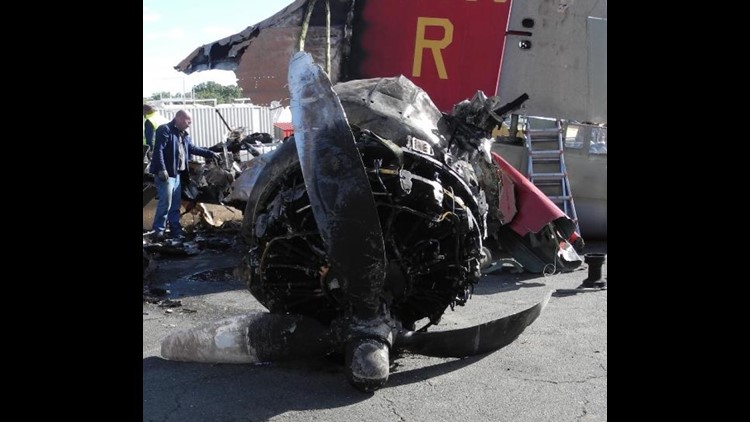WASHINGTON, D.C., USA — The only surviving crew member of a World War II-era bomber that crashed in Connecticut last year, killing seven people, told investigators that “everything was perfect” before takeoff and he doesn’t understand what went wrong.
That's according to documents made public Wednesday by the National Transportation Safety Board, which is still investigating the cause of the crash at Bradley International Airport north of Hartford.
The plane crashed after the pilot reported engine problem and tried to land. Plane mechanic Mitchell Melton told investigators there was trouble starting two of the engines that morning, but he got them running and everything seemed good.
Statements from the survivors indicate none of the passengers were given any instructions prior to boarding the plane. And once they were on board, the seatbelts were loose and they received no instructions as to how to put them on.
Witnesses said it was clear there was a mechanical problem with the plane prior to take off.

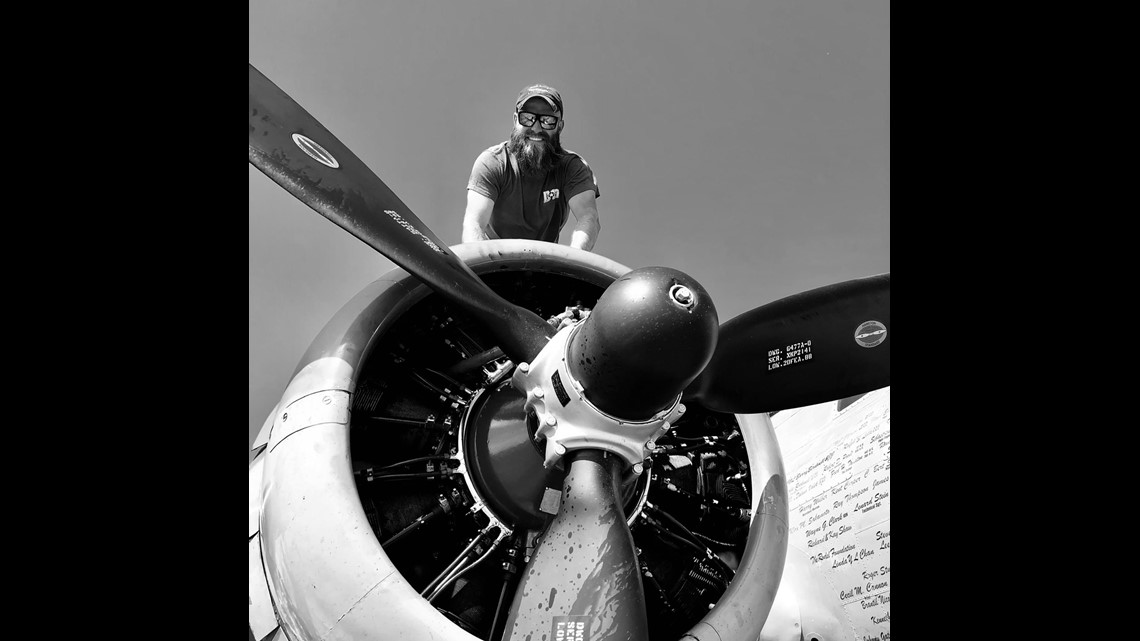
Mitch Melton, the only member of the crew to survive told investigators, once they were in the air, "As soon as I come back up to the front, I put my headset back on and Mac [Pilot Ernest McCauley] said Number 4 is losing power. I looked up at the RPM gauge, of course, it was losing power. He said he wanted to cage it. I wasn't ready to cage it, I told him, because we weren't climbing, and I don't know why. He reached up, caged it. And caging means shutting the engine off."
He continued, "When I realized we weren't climbing, I went down into the nose. I grabbed the two passengers that were down there, I seated them. I made sure they were buckled. I went to the tail; I made sure everybody was seated and seat-belted. When I came back up there, as far as -- I'm sorry, I'll go back to the engine, the way it was running.
"I don't remember it ever backfiring. It all happened so fast. I don't remember ever hearing it backfire, nothing. I just 1 looked up at the RPM gauge and it was dropping power. But as far as running rough, I do not remember.
"To go back to when I came back up front, that was whenever we were starting base to final. I remember him -- I remember hearing the airplane had, I guess, dial approach light. That's when I sat down. I sat down on the turret right up between the copilot and the pilot, and that's the last thing I remember.
"I don't, yeah, I don't know what happened. I don't know why we weren't, you know, gaining altitude. I do not know, and that's what's frustrating. I don't know what happened. I don't know if Mac froze. I know I noticed -- you know, Mike Foster, he didn't really have much time in the airplane. I don't know what happened."
The documents reveal that no potentially impairing drugs were found in the system of the pilots.
Mobile phones were recovered and in some cases, photos and videos were able to be downloaded from the devices. Video content was captured prior to the flight but no in-flight videos were recovered.
The vintage bomber - also known as a Flying Fortress, one of the most celebrated Allied planes of World War II, was used to take history buffs and aircraft enthusiasts on short flights, during which they could get up and walk around the loud and windy interior.
The plane was carrying 13 passengers and two crew members when it crashed that Wednesday morning.
Pilot Ernest McCauley, 75, of Long Beach, California, had flown for over 20 years with the educational group that owned the World War II-era plane and was also its safety officer.
Five passengers were killed along with McCauley and the co-pilot, Michael Foster, 71, of Jacksonville, Florida, passengers Gary Mazzone, 60, of East Windsor, Robert Riddell, 59, of East Granby, James Roberts, 48, of Ludlow, Massachusetts; David Broderick, 56, of West Springfield, Massachusetts; and Robert Rubner, 64, of Tolland, Connecticut.
The plane was part of the Collings Foundation Wings of Freedom tour. The FAA and the Collings Foundation agreed to temporarily ground the vintage planes earlier this year.
The families of the victims filed a lawsuit against the Collings Foundation in June of 2020.



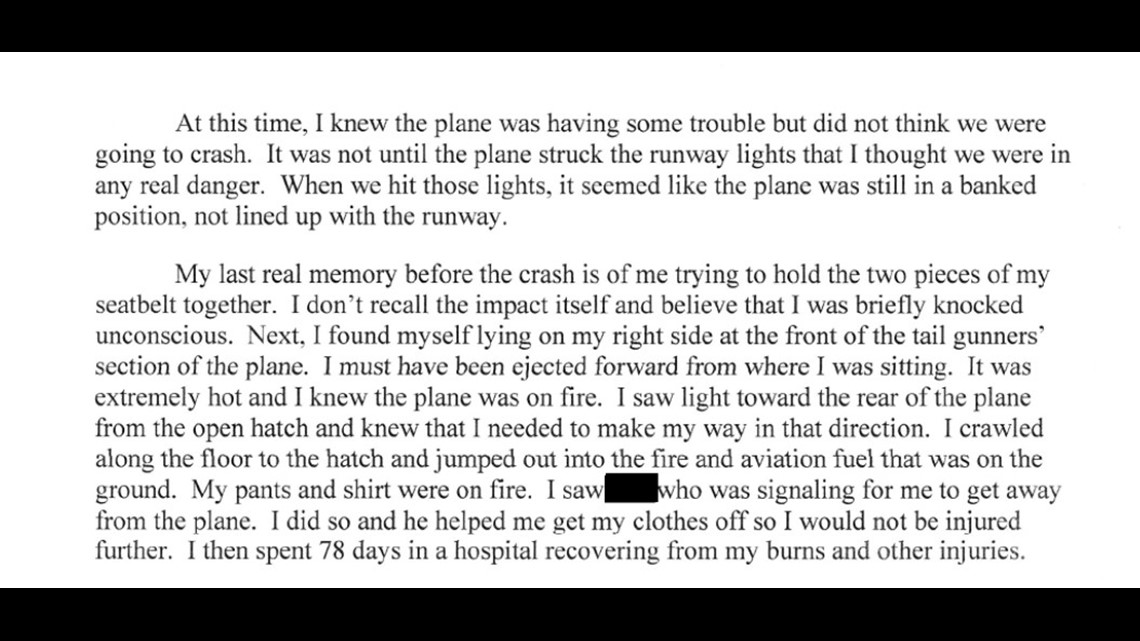

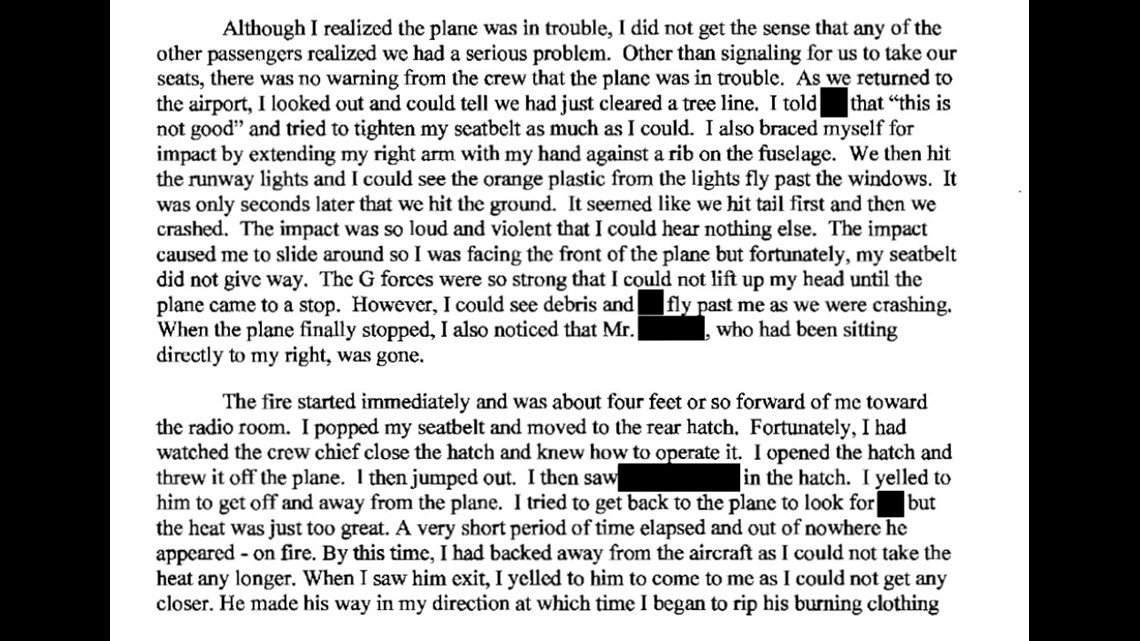
Photos from the NTSB of the B-17 crash
James Traficante, of Simsbury
Mr. Traficante was interviewed via telephone. He stated that he is a Command Chief for the Air National Guard and had been a Crew Chief on a C-130. Mr. Traficante was in the rear most right seat in the B-17. The crew had trouble starting an engine due to a “wet mag.” Shortly after takeoff, the loadmaster came to the rear with a sense of urgency and told everyone to fasten their seatbelts. The loadmaster then returned to the cockpit and stood between the two pilots, and appeared to be manipulating the throttle levers. Mr. Traficante could see out the window that the airplane was low and braced himself for impact. He told his friend, who was in the rear most left seat to brace for impact as well. After the accident, Mr. Traficante was able to egress the airplane. His friend and the passenger directly in front of his friend were also able to egress. Mr. Traficante suffered a fractured arm and burns.
Andrew Barrett
Mr. Barrett was interviewed via telephone. He was able to provide the seating position of other passengers, based on his subsequent conversations with their families. Mr. Barrett stated that he was told to fasten his seatbelt prior to the flight, but was not told of exits or fire extinguishers. There is no intercom system and he does not know what briefing the forward four passengers received as he was one of the rear six passengers. After up and moving about, he was told to go back to his seat and fasten his seatbelt, but was not told why.
Dan Mikalonis, Heavy’s Automotive, Windsor Locks
Mr. Mikalonis was interviewed via telephone. He was standing outside of his business and observed the accident airplane fly over low. He stated that the right inboard engine appeared to be misfiring, smoking, and the propeller stopped turning. Mr. Mikolonis will forward security video, but stated that the camera is aimed at the parking lot and did not capture much.
Tom and Linda Schmidt, passengers on the plane
Tom and Linda Schmidt report that they received very little by way of a pre‐flight briefing. Other than being told not to adjust the seatbelts, they were not given anything that would be considered a pre‐flight safety briefing. For example, they were not told what to do in the event of an emergency or how to exit the plane in an emergency.

